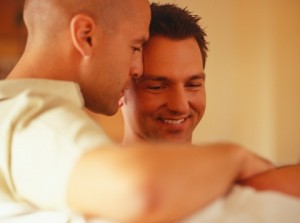Counting LGBTs in the Census
It happens every 10 years. But as we all know there’s power in numbers, especially if you take a look at the 2010 Census, which counted same-sex couples as families for the first time in its history. That’s why many LGBT folks around the country may be happy to know that the U.S. Census Bureau has established a new National Advisory Committee on Racial, Ethnic and Other Populations. The group will not only advise the bureau on how best to implement the survey, but also the impact is has on the LGBT population.
“We expect that the expertise of this committee will help us meet emerging challenges the Census Bureau faces in producing statistics about our diverse nation,” says Thomas Mesenbourg, the Census Bureau’s acting director. “By helping us better understand a variety of issues that affect statistical measurement, this committee will help ensure that the Census Bureau continues to provide relevant and timely statistics used by federal, state and local governments as well as business and industry in an increasingly technologically oriented society.”
Several members of this new committee have a wealth of experience when it comes to LGBT issues, including Shane Snowdon, director of the LGBT Health and Aging Program with the Human Rights Campaign Foundation.
The first meeting of the panel has already been scheduled later this month in Maryland, one of four states that could legalize same-sex marriage at the polls this November.
In the 2010 Census, almost 650,000 same-sex couples identified as such. That number is expected to grow as more LGBTs learn more about what the numbers really mean, how they impact laws and economic issues – and how they reflect this diverse community.



